37+ SAMPLE School Training Plan
-
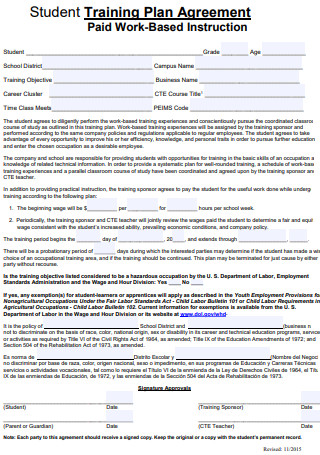
School Training Plan Agreement
download now -
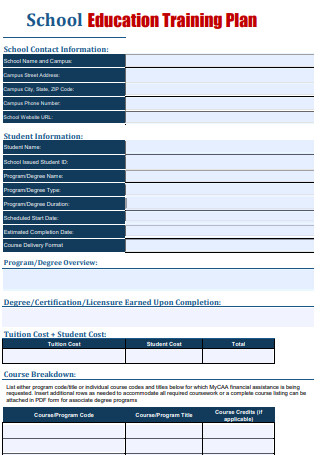
School Education Training Plan
download now -
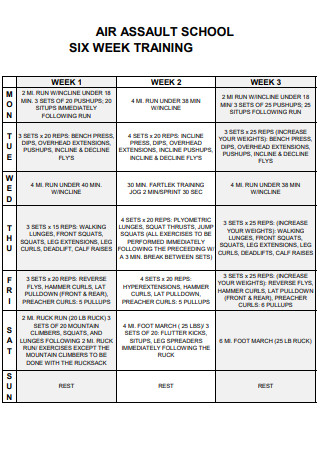
School 6 Week Training Plan
download now -
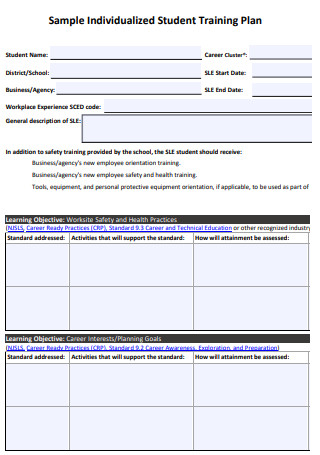
Individualized Student Training Plan
download now -
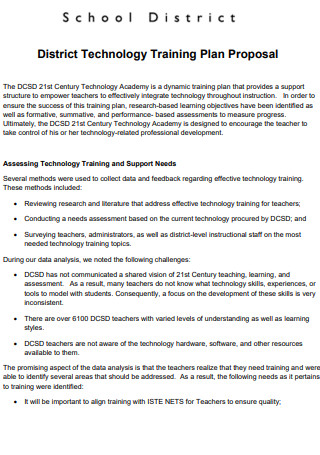
School District Technology Training Plan Proposal
download now -
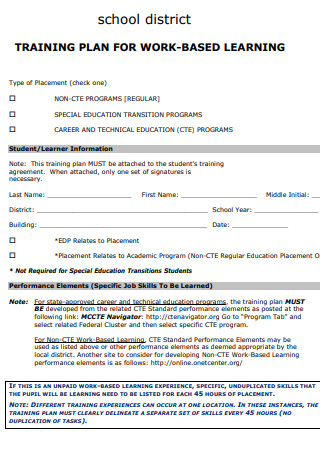
School Training Plan for Work Based Learning
download now -
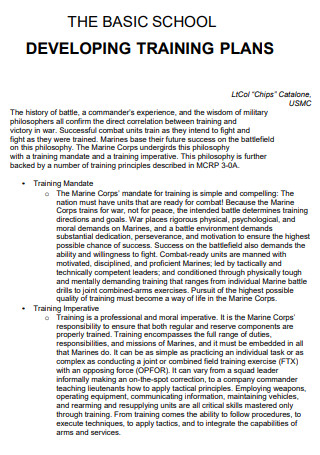
School Developing Training Plan
download now -
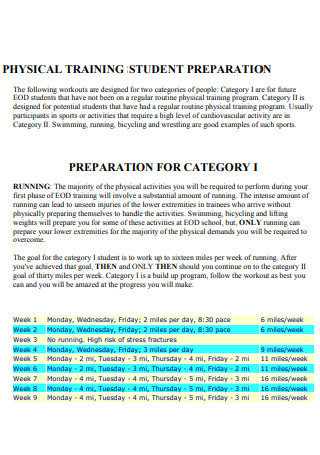
School Physical Training Plan
download now -

School District Work Based Training Plan
download now -
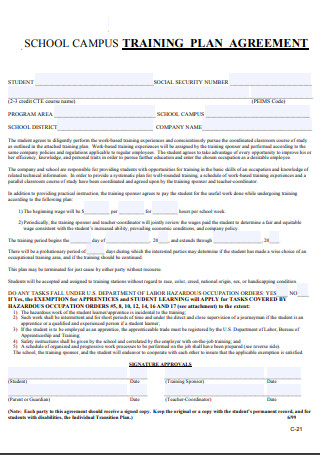
School Campus Training Plan Agreement
download now -
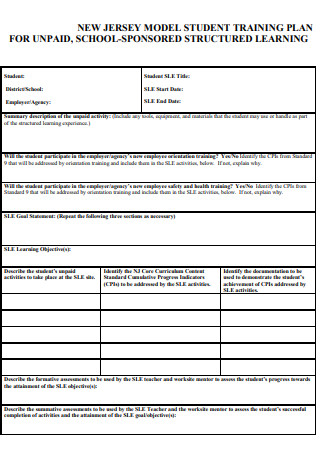
School Sponsored Student Training Plan
download now -
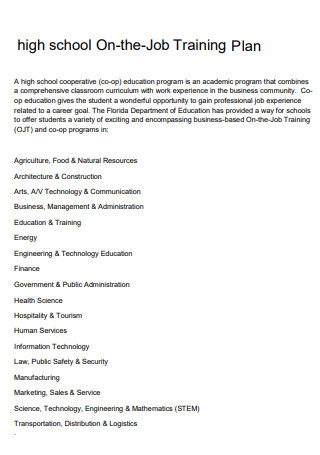
High School Job Training Plan
download now -
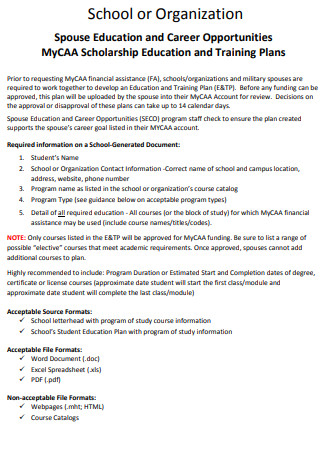
School Scholarship Education and Training Plans
download now -
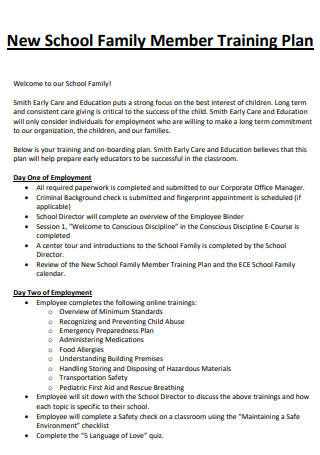
New School Family Member Training Plan
download now -
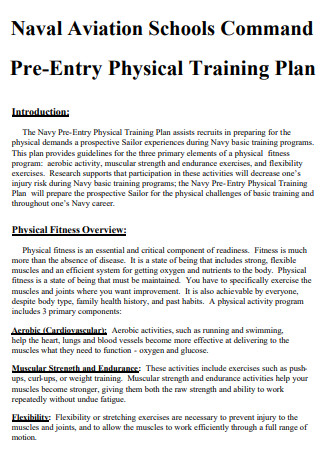
School Pre-Entry Physical Training Plan
download now -
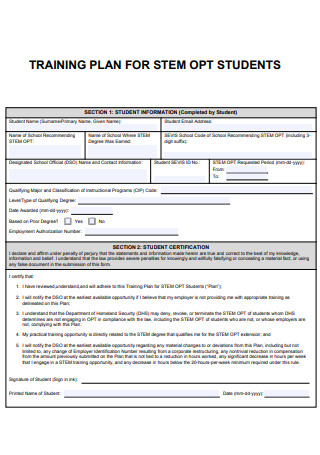
Students STEM OPT Training Plan
download now -
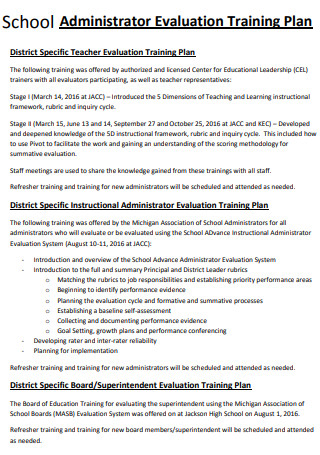
School Administrator Evaluation Training Plan
download now -
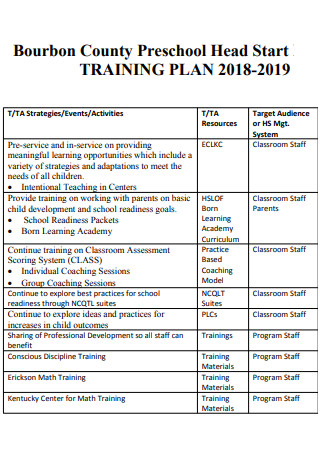
PreSchool Training Plan
download now -
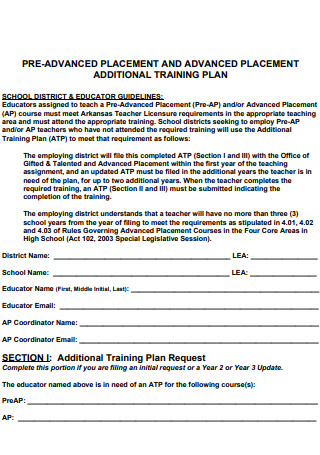
School Additional Training Plan
download now -
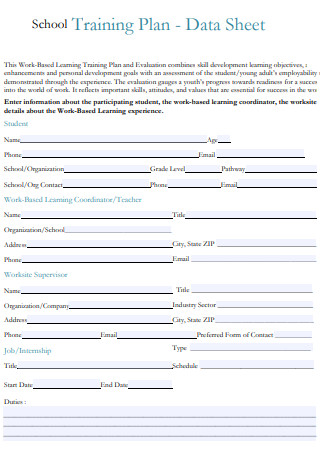
School Training Plan Data Sheet
download now -

High School Training Plan
download now -
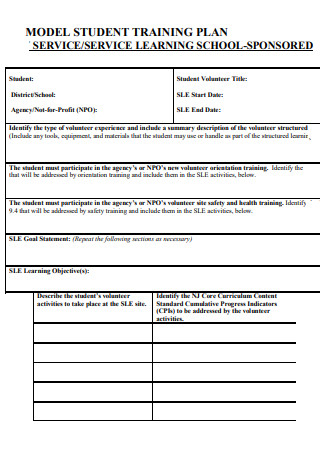
Learning School Sponsored Student Training Plan
download now -
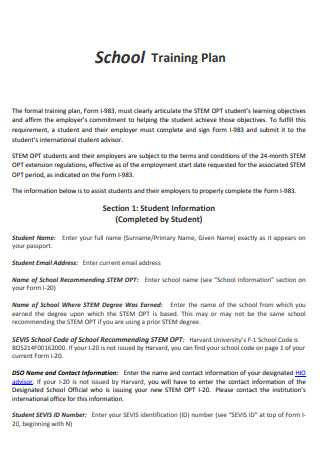
Sample Student Training Plan
download now -
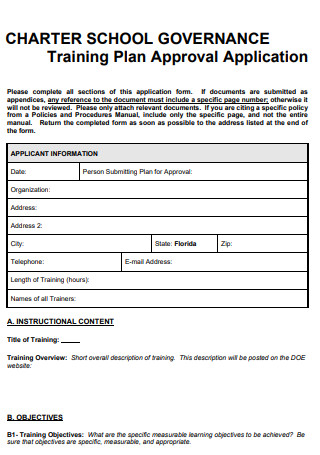
Charter School Goverance Training Plan
download now -
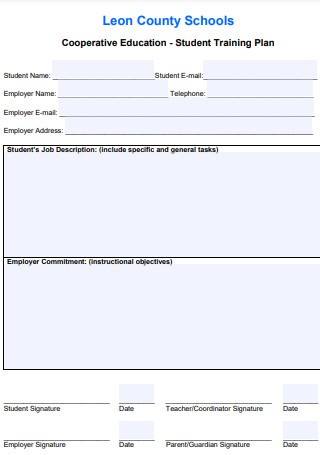
School Cooperative Education Student Training Plan
download now -
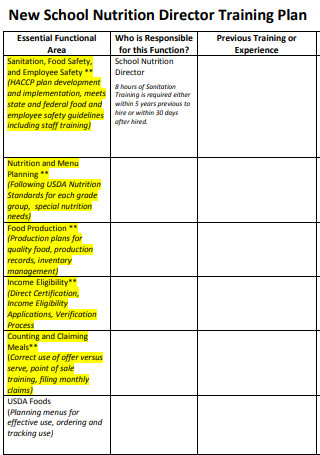
New School Nutrition Director Training Plan
download now -
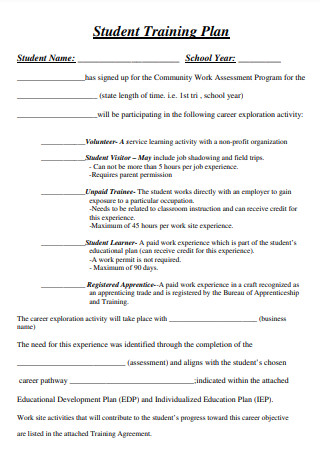
Basic School Training Plan
download now -
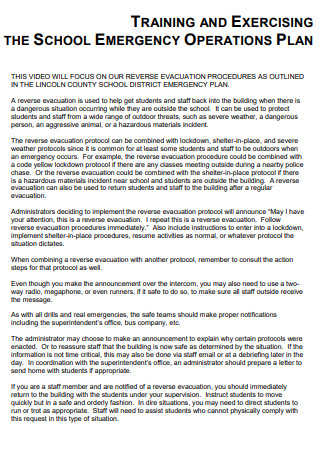
School Emergency Operation Training Plan
download now -
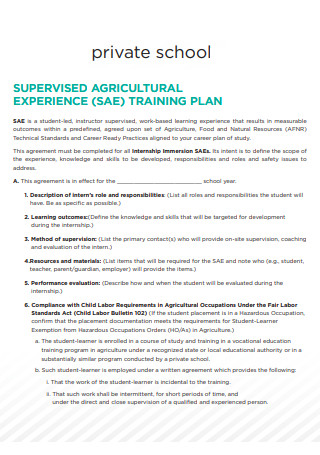
Private School Supervised Agriculture Experience Training Plan
download now -
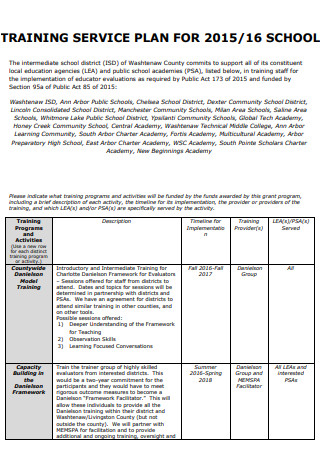
School Training Service Plan
download now -
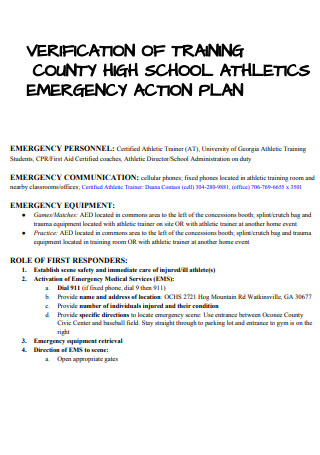
High School Training Emergency Action Plan
download now -
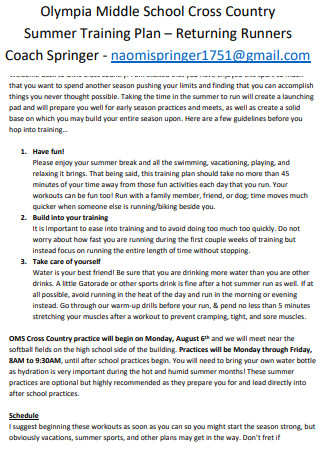
Middle School Summer Training Plan
download now -
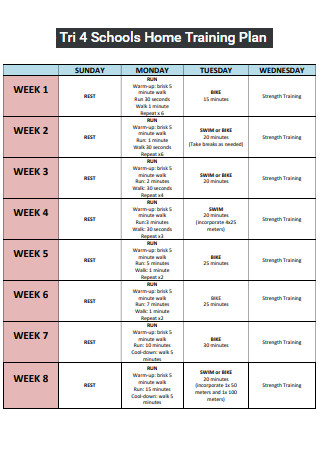
School Home Training Plan
download now -
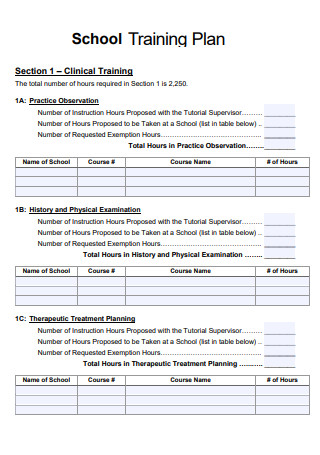
Standard School Training Plan
download now -
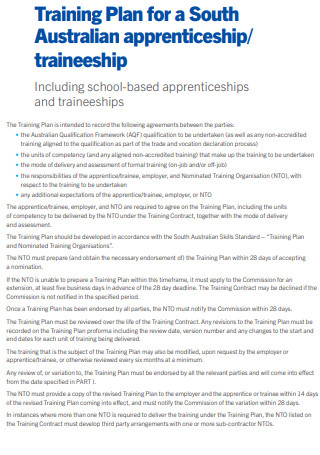
School Apprenticeship Training Plan
download now -
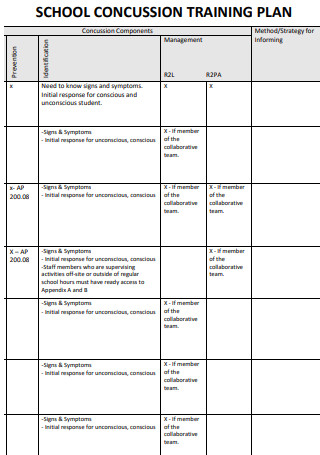
School Concussion Training Plan
download now -
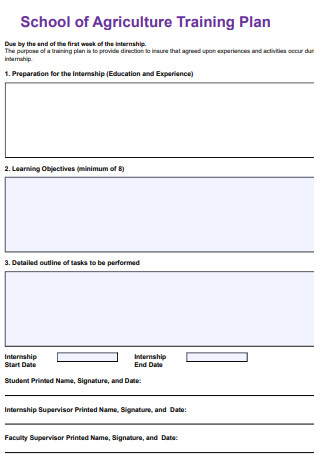
School of Agriculture Training Plan
download now -

High School Summer Training Plan
download now
FREE School Training Plan s to Download
37+ SAMPLE School Training Plan
What Is a School Training Plan?
Different Kinds of School Training
Benefits of Training for Students
How to Make a School Training Plan
FAQS
What Is the Importance of a School Training Plan?
What Are the Various Kinds of School Trainings?
Do You Have to Pay for School Training?
What Is a School Training Plan?
A school training plan is a collection of activities or steps designed to attain a certain learning goal. There are various types of school training programs, which may focus on academics, physical exercises, or anything like an employment. The plan would not only include a list of tasks, but it would also consider the resources that will be needed. As well as the students or faculty who would take part. It’s all about teaching pupils mental or physical routines to help them enhance and improve their abilities. Which they can put utilize and use in competitions. Or simply to teach kids a crucial life skill, such as how to operate a specific type of technology. And it is created with a specific budget in mind too.
Different Kinds of School Training
School trainings differ depending on their purpose and how they are delivered. Athletes can attend sessions of physical trainings. Athletes who compete in academic competitions should also engage in mental training and practice. And they all aim to evaluate potentials and improve abilities through repetitive or creative training. To minimize unnecessary stumbling blocks produced by unforeseen trainings, a complete school training must be devised. It could avoid causing a delay or preventing the training from getting off to a good start. And here are some examples of school training.
Benefits of Training for Students
Training is undeniably valuable. In whatever capacity: victory or the journey and lessons learned. And sometimes, wonderful friendships and relationships that can never be replaced. And it is only later in life that we discover what is important in life. And there are occasions when we don’t perceive something that could provide us an advantage later. So, let’s have a look at what these advantages are.
How to Make a School Training Plan
A school program might not only assist pupils learn a new skill, but it could also open doors for them. Perhaps all they need is a chance to both learn and flourish in a specific field. And they require it from school. School is a stable place for learning and education. As a result, it’s an excellent time to develop one’s character and learn from trainings. A complete school based training plan should be created.
-
Step 1. Identify the Purpose
Of course, there are trainings whose sole objective is to teach pupils a skill or a technique. Training in technology is one such example. There are additional trainings that aim to improve, enhance, and impart strategies in order to perform better in competitions and tournaments. As a result, these trainings necessitate a distinct level of execution and demand from a pupil. So, it’s not only necessary to determine what the purpose is, but it’s also the foundation around which the entire plan is built. The objective’s purpose would be to create a better way to use resources. Or what kind of practice and tactics to employ to be more effective and efficient. All to attain the main goal at the end of the program.
-
Step 2. Account all Resources
Training necessitates the utilization of resources, which could include a space, equipment, transportation, and, most importantly, time. And those must be considered. It may have an impact on the budget, scope, and other utilities involved. And some of them may be hazardous if not handled appropriately. As a result, there is a need to address safety as well as other regulations and standards. IT also includes the teachers or coaches who participate in the training. People who have the necessary qualifications to teach and participate.
-
Step 3. Set a Budget
When establishing a plan, it is common for it to center around a budget. There is a lot of adjusting to do just to stay inside the budget. And the costs of utilizing resources, paying coaches and teachers, and possibly purchasing necessary equipment. All of this is part of a budget. As a result, if something is prohibitively expensive, substitutes may be sought. Perhaps renting is a better option. Payment for the usage of space or facilities must also be determined. Also, if there are any travel expenses.
-
Step 4. Plan Methods and Activities
The training plan completes with the methods to be employed or the tasks to be carried out. It’s all in the name of possibly honing a skill more efficiently. Alternatively, encouraging a student to learn a skill. This could be a formal lecture followed by participation in an activity for more practical application. Making safety procedures for any potential threats is also part of the process.
FAQS
What Is the Importance of a School Training Plan?
School training plans are crucial since they provide a thorough and full documentation of any processes that are involved. It also considers the resources that will be used as well as the individuals involved. Most importantly, it aids in keeping everything under budget. It also considers any potential risks and hazards associated with training.
What Are the Various Kinds of School Trainings?
Tech training, academic training, on-the-job training, and sports training are the various forms of school trainings. All of them require different resources and procedures.
Do You Have to Pay for School Training?
Some trainings are included in the tuition. Especially if it is created in conjunction with the curriculum. However, there are some trainings that students must pay for before they may join. However, it is not as expensive; rather, it would account for additional travel fees and usage of facilities and equipment.
School is an excellent environment for learning new skills and expanding one’s knowledge. And a portion of that learning experience can be acquired through training. As a result, even it is a ranger school training plan, what they all require is a school training plan template to work from!
